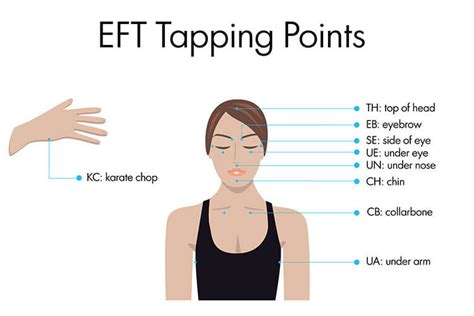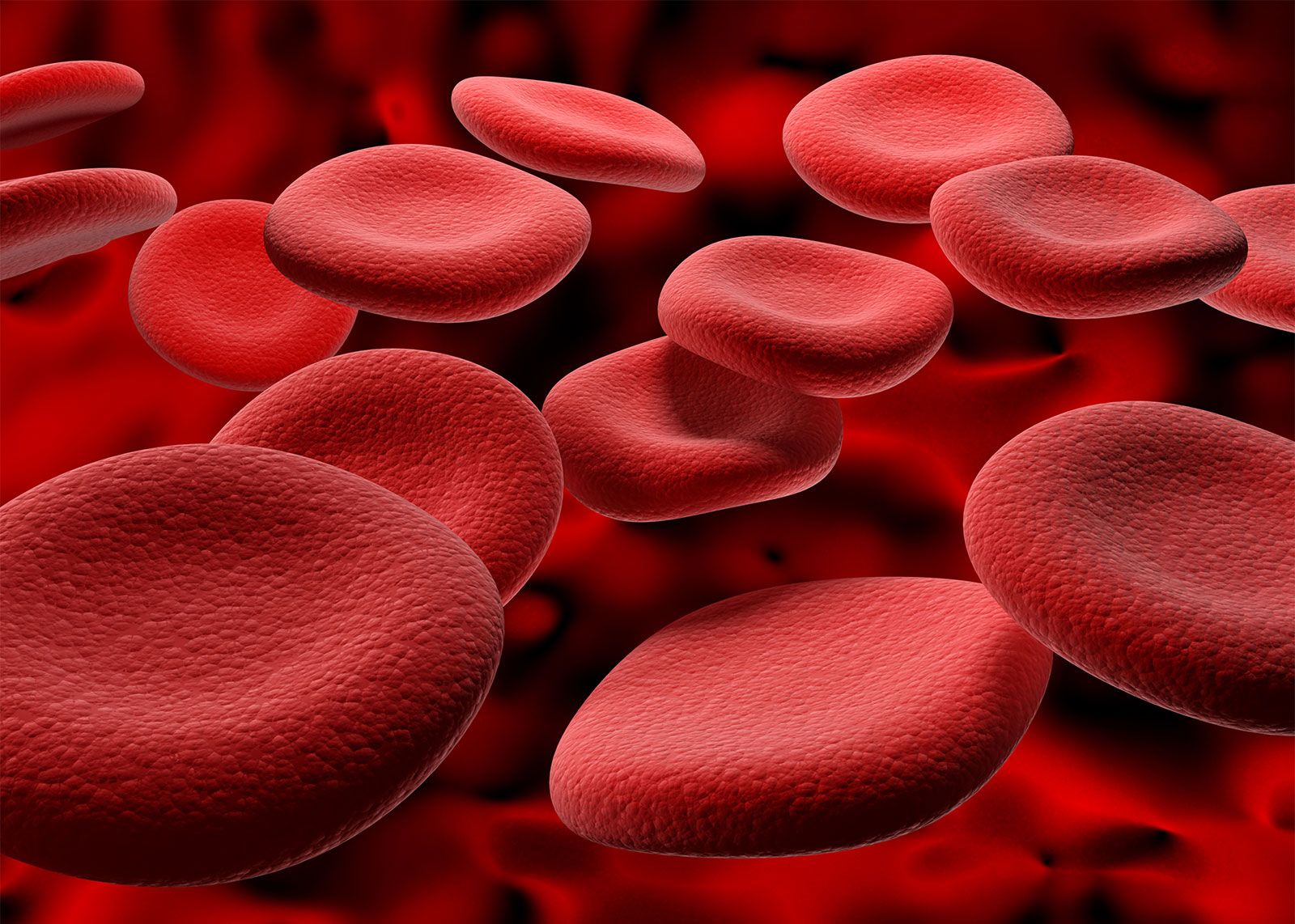Living with diabetes requires a deep understanding of how to manage blood sugar levels effectively. One of the most critical tools in this journey is blood sugar testing, also known as blood glucose monitoring. This process involves using a device to measure the amount of glucose in your blood at any given time. For individuals with diabetes, whether type 1, type 2, or gestational, regular monitoring is crucial for maintaining good health and preventing complications. Here are over 10 secrets to help you master blood sugar testing and improve your diabetes control:
Understand Your Meter: The first step in effective blood sugar testing is choosing the right glucose meter. With numerous models available, each with its unique features, it’s essential to select one that fits your lifestyle. Look for meters that offer accuracy, ease of use, and additional features such as memory storage for past readings, which can be invaluable for tracking changes over time.
Test at the Right Times: Testing your blood sugar at the correct times is crucial for getting a comprehensive view of your glucose levels throughout the day. This typically includes testing before meals, about 1-2 hours after meals, and at bedtime. However, your healthcare provider may recommend a different schedule based on your specific needs and medication regimen.
Use the Correct Technique: To ensure accurate readings, it’s vital to use the correct technique when testing your blood sugar. This includes washing your hands before testing, using the side of your finger for less pain, and ensuring the test strip is properly inserted into the meter. Additionally, coded meters require a code to match the test strips being used, so always check your meter’s instructions.
Alternative Site Testing: While the fingertip is the most common site for blood sugar testing due to its rich capillary bed, it can become sore over time. Alternative site testing refers to using other parts of the body like the palm, forearm, or thigh. However, it’s crucial to note that results from these alternative sites may lag behind fingertip results, especially after meals, due to the time it takes for glucose to be absorbed.
Understanding Glycemic Variability: Glycemic variability refers to the swings in blood glucose levels that occur throughout the day. Monitoring and managing these fluctuations is key to preventing both short-term complications like hypoglycemia and long-term complications such as cardiovascular disease.
Continuous Glucose Monitoring (CGM): For those looking for more detailed insights into their glucose levels throughout the day, Continuous Glucose Monitoring systems are a valuable tool. CGMs involve a small sensor inserted under the skin that measures glucose levels in the interstitial fluid, providing real-time readings every few minutes. This can help identify patterns and trends that might be missed with traditional fingerstick testing.
Record Keeping: Keeping a log of your blood sugar readings can be incredibly useful for tracking patterns, identifying areas for improvement, and sharing detailed information with your healthcare provider. Many meters and CGMs come with software or apps that allow you to download and analyze your data, making it easier to manage your diabetes effectively.
Standardizing Your Testing Environment: The environment in which you test your blood sugar can affect the accuracy of your readings. Factors such as extreme temperatures, altitude, and humidity can impact your meter’s performance. Always follow the manufacturer’s guidelines for use and storage.
Managing Hypoglycemia: Hypoglycemia, or low blood sugar, is a common complication of diabetes management. Recognizing the signs and symptoms, such as shakiness, dizziness, sweating, and confusion, and knowing how to treat it promptly with fast-acting carbohydrates is crucial. Regular testing can help predict and prevent hypoglycemic episodes.
Staying Hydrated: Dehydration can falsely elevate blood sugar readings. Drinking enough water and staying hydrated, especially in hot weather or during physical activity, is essential for accurate test results and overall health.
Preventing Infections: Proper hygiene is critical when testing your blood sugar to prevent infections. Always wash your hands before and after testing, and ensure your meter and test strips are handled and stored as directed.
Regular Meter Maintenance: To ensure the accuracy and longevity of your blood glucose meter, regular maintenance is necessary. This includes cleaning the meter as directed, replacing the battery when indicated, and performing control tests with control solution to verify the meter’s accuracy.
By mastering these secrets of blood sugar testing, individuals with diabetes can gain better control over their condition, reduce the risk of complications, and improve their quality of life. Remember, diabetes management is a lifelong journey that requires patience, persistence, and the right tools and knowledge. As medical technology continues to evolve, staying informed about the latest developments in blood sugar testing and diabetes care is crucial for optimal management.
FAQ Section
What is the ideal frequency for testing blood sugar levels in diabetes management?
+The ideal frequency for testing blood sugar levels can vary depending on the type of diabetes, medication regimen, and individual factors such as lifestyle and activity level. Generally, individuals with type 1 diabetes may need to test more frequently than those with type 2 diabetes, especially if they are using insulin. It’s best to consult with a healthcare provider to determine the most appropriate testing schedule.
Can alternative site testing provide accurate results for diabetes management?
+Alternative site testing can be accurate, but it’s essential to understand that results from these sites may not reflect real-time glucose levels, especially after eating. This is because glucose levels in the interstitial fluid (where alternative site testing occurs) can lag behind those in the bloodstream. However, for many people, the convenience and reduced pain of alternative site testing make it a valuable option when used correctly and in conjunction with fingertip testing.
What role does continuous glucose monitoring (CGM) play in modern diabetes management?
+Continuous glucose monitoring (CGM) systems have revolutionized diabetes management by providing real-time glucose readings throughout the day and night. This detailed insight allows individuals to identify patterns and trends in their glucose levels that might not be apparent with traditional fingerstick testing. CGMs can help improve glycemic control, reduce hypoglycemic events, and enhance overall quality of life for those with diabetes.
How can record keeping and data analysis impact diabetes control?
+Record keeping and data analysis are powerful tools in diabetes management. By tracking blood sugar readings, medication, diet, and physical activity, individuals can identify patterns and make informed decisions about their care. Many modern glucose meters and CGMs come with software or mobile apps that allow for detailed data analysis, making it easier to spot trends, understand the impact of different factors on glucose levels, and share valuable insights with healthcare providers.
What are the implications of glycemic variability for diabetes control and overall health?
+Glycemic variability refers to the fluctuations in blood glucose levels that occur throughout the day. Managing these swings is crucial for preventing both immediate complications, such as hypoglycemia, and long-term complications, including cardiovascular disease and kidney damage. High glycemic variability has been linked to increased oxidative stress and inflammation, further emphasizing the importance of achieving stable glucose control through a combination of diet, physical activity, and, when necessary, medication.



